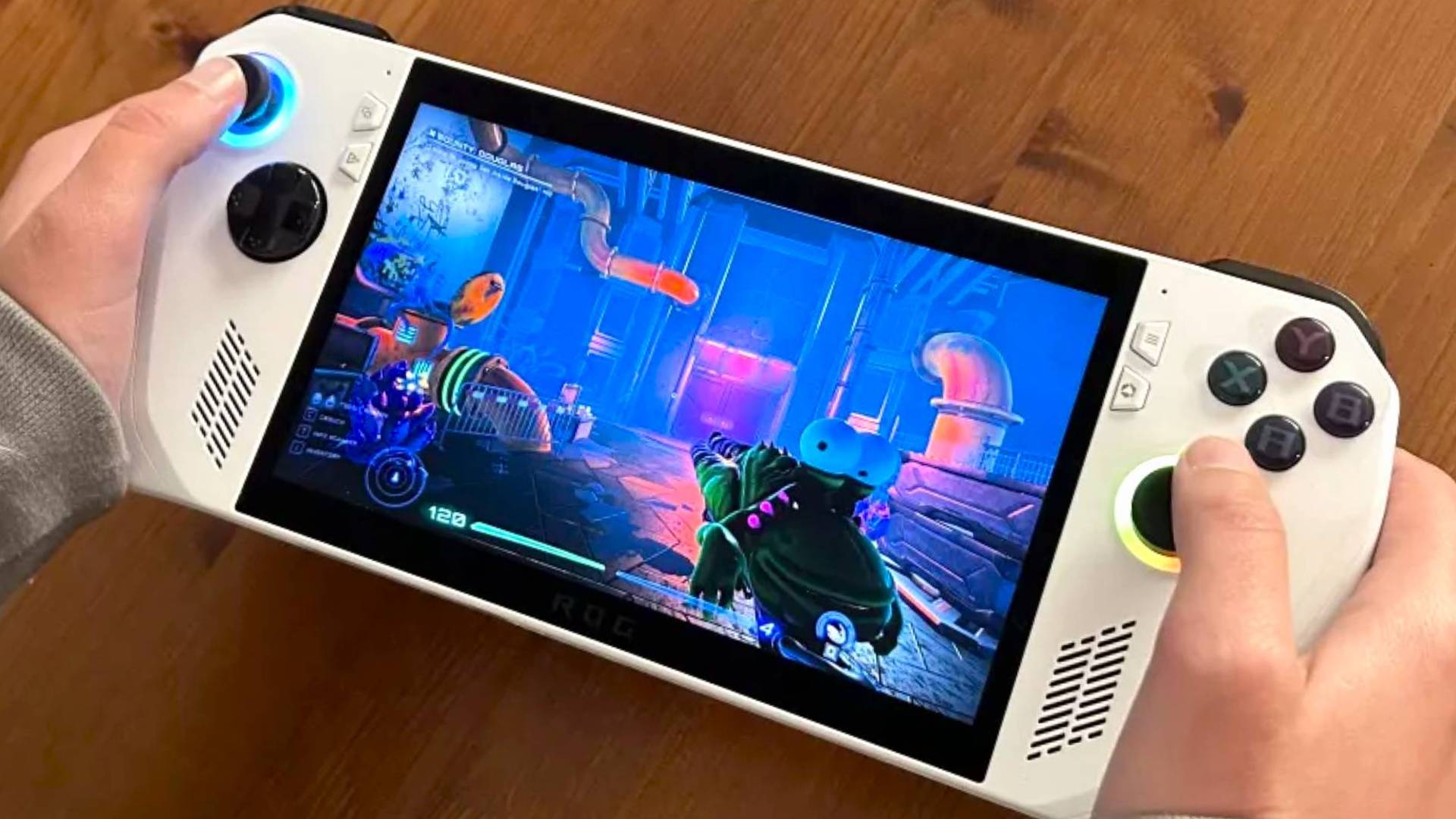Asus ROG Ally Z1E deals have been few and far between in recent weeks. While the Windows handheld enjoyed some success with savings over the holidays last year, those discounts seemed to have dried up for anyone looking to kit up for 2025. That’s all changed this week, though, with Best Buy offering the lowest price I’ve ever seen on the Z1 Extreme model.
The yellow-label store has the Z1E handheld (the more powerful one, and the device I’ve been using for nearly two years) down to just $449.99 right now. That’s a full $200 discount over the original $649.99 MSRP, beating previous discounts by a full $50. This model has only ever hit $499.99 in the past, though My Best Buy Plus members did get an early look at this offer over Black Friday thanks to an exclusive additional discount. I’ve never seen the Asus ROG Ally freely on the shelves this cheap, and today’s price drop puts the Steam Deck OLED squarely in the firing line.
Valve’s handheld will set you back an additional $100 compared to Asus’s right now (it’s got a full $549 MSRP). Where usually this is considered the budget alternative to the best gaming handheld PC on the market, the ROG Ally is winning in both price and value today – and that’s a potent combination.
Should you buy the Asus ROG Ally?

I was a child of the Game Boy Advance era, and I’ve never let go of that love for handhelds. That means I had a few rough years there, when the industry turned its back on portable play for a considerable amount of time. Ever since the Asus ROG Ally hit the shelves, though, I’ve been back in business. The Windows device beats the Steam Deck in nearly every way for me, from its core specs to the number of compatible games.
The ROG Ally’s Z1E processor wins out under the hood, with that combination of eight Zen4 processing cores and 12 RDNA 3 cores. It’s easy to see why this chip is used in some of the most powerful handhelds in the industry. The Steam Deck offers only four Zen 2 cores with eight RDNA 2 cores. How does that work out in real-world performance? I’ve been running everything from Starfield to Stardew Valley on the ROG Ally, and it’s never faltered. Whacking things up to a full 30W operating mode helps more demanding titles, a feature that feels lacking in my Steam Deck OLED tests (the handheld caps out at 15W of power). I do shift my eyes over Valve‘s way when I think about display types – the Asus ROG Ally runs an IPS panel while that OLED screen on the Deck will offer far greater vibrancy overall. Then I remember that my Ally has both VRR and a max speed of 120Hz, versus Valve’s 90Hz.
I test and review all the best gaming laptops day to day, but whenever I’m between models I’m playing on the Asus ROG Ally. The handheld form factor means I can play wherever and whenever I like, even sitting at my desk thanks to the fact that most Steam Deck docks also support other handhelds. Controls feel great (though I prefer the more tensioned thumbsticks of the Asus ROG Ally X), and the operating system has vastly improved since the device first launched. Plus, I can play across Epic Games, Game Pass PC, and Steam without having to sideload a thing.
If you only play lighter Steam games and value the vividity of your screen more than its speed, then the Steam Deck OLED is absolutely the way to go. If you’re a portability power-user and need a machine that can keep up with longer stints on the go, I’d recommend staking out the newer ROG Ally X. However, if – like me – you’re just here for a good time with a form factor you know and love, the Asus ROG Ally is a no-brainer.
We’re also rounding up all the best Steam Deck accessories (many of which will also run with the Ally) as well as the best Asus gaming laptops for more options. Or, take a look at the best gaming earbuds for more on-the-go kit.






















+ There are no comments
Add yours